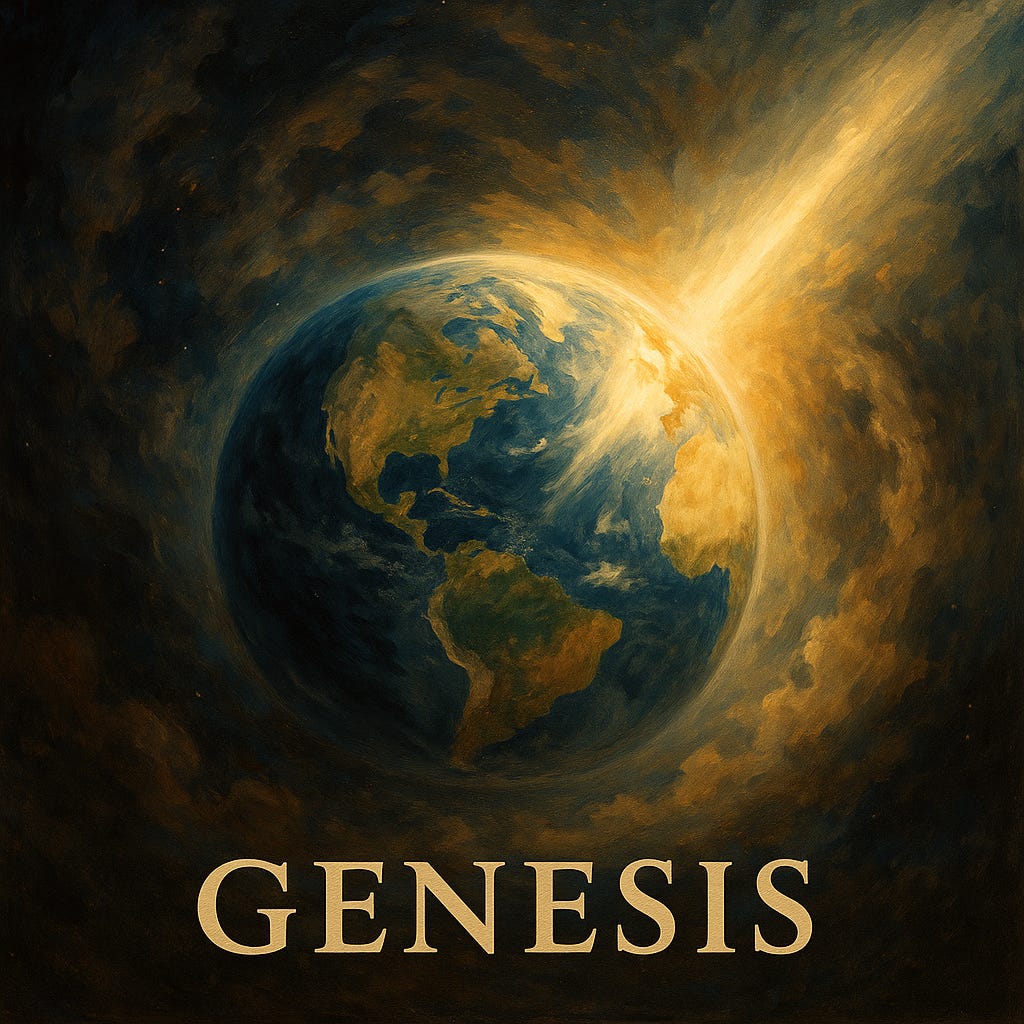✍️ Introduction: Why Genesis Matters
Genesis means “beginning,” and it’s here that we discover the origins not only of the universe, but of humanity, identity, and faith. This book introduces us to God’s character as both transcendent Creator and intimately involved Father. It invites us to ask the big questions: Why are we here? Who is God? What went wrong in the world? And is there hope for redemption?
Far from being an ancient myth or outdated record, Genesis speaks directly to our modern hearts. It shows that the God who shaped galaxies is the same God who breathes purpose into our everyday lives.
🧾 Author & Date
Genesis has traditionally been attributed to Moses, who wrote it under divine inspiration around the 15th to 13th century BC. Though much of it was likely passed down through oral tradition, Moses compiled these stories to help the Israelites—newly freed from Egypt—understand their identity and the story they were a part of.
👥 Audience & Historical Setting
The original audience was a nation of former slaves who needed to know who they were and whose they were. Genesis was a divine reset for their worldview. It reminded them that they were not accidents, not defined by their oppressors, but chosen and known by the Creator of all. And just as importantly, it reminds us of the same today.
📚 Structure & Literary Style
Genesis unfolds in two major movements. The first part, chapters 1–11, is often called the Primeval History. These chapters cover the creation of the world, the fall of man, the flood, and the Tower of Babel. The second part, chapters 12–50, shifts into the Patriarchal History, telling the story of four generations of one family: Abraham, Isaac, Jacob, and Joseph.
The literary style is rich with symbolism and narrative depth. These aren’t just events—they’re theological truths wrapped in human experience.
Keep reading with a 7-day free trial
Subscribe to Biblical Catholic Living to keep reading this post and get 7 days of free access to the full post archives.




